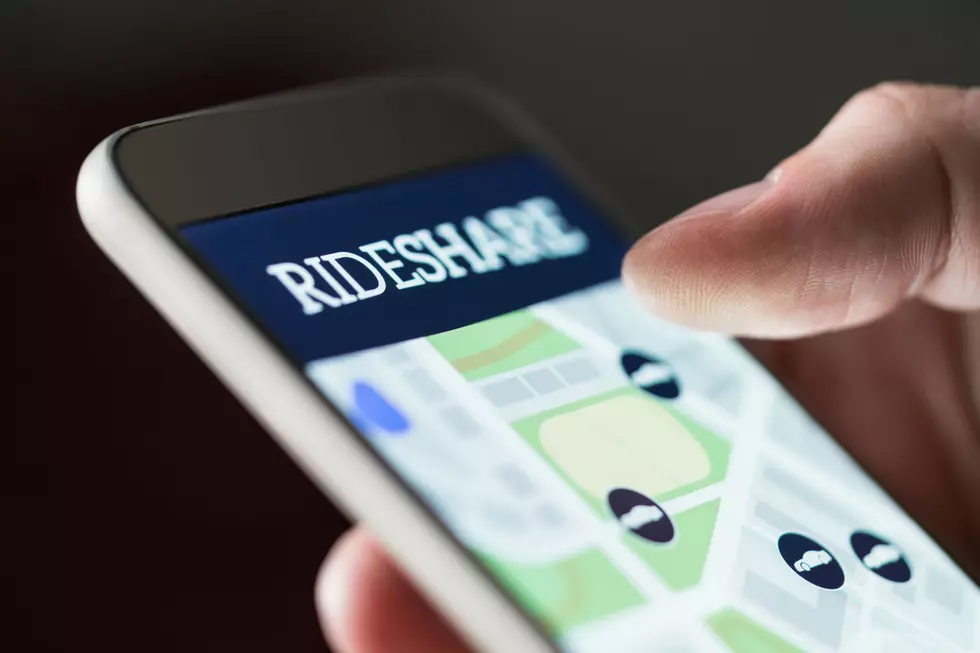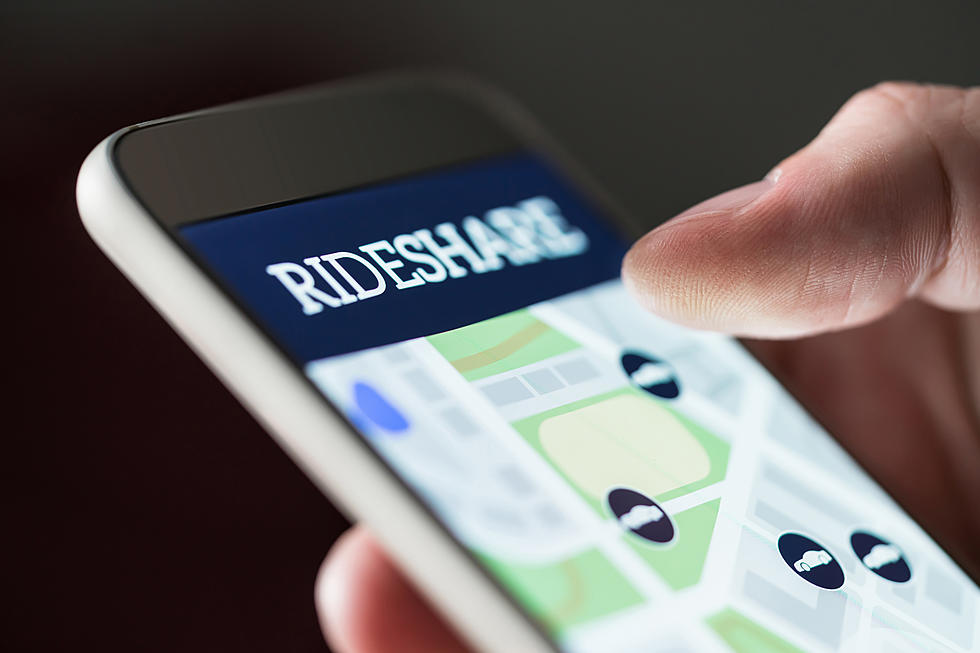
NJ woman was killed: How to be safest when using Uber, Lyft
New Jersey and South Carolina both are reeling from Friday's murder of a college student, who police say had mistaken a stranger's car for a ride she had arranged through Uber.
At a Sunday night vigil for his daughter at the University of South Carolina campus, Seymour Josephson urged other students to be careful when using ride-sharing services and to avoid traveling alone. USA TODAY reported he told the crowd of about 500: "She absolutely had no chance in this, but if there's someone else in the car, there's actually a chance."
The crime has many reviewing advice as well as safety features of the two most frequently used ride sharing apps, Uber and Lyft.
A set of tips listed on Uber's website includes "request your ride inside" — avoid spending unnecessary time outside alone with your phone in your hand. Instead, wait indoors until the app shows your driver has arrived.
It also advises before getting into a ride-share vehicle, checking that the license plate, driver photo, and driver name all match what’s listed in the app. Both Uber and Lyft give those details when a ride is confirmed.
Both Uber and Lyft also let riders share trip details with others. For Uber users, swiping up on the app screen after scheduling a ride shows the option "Send Status." Tapping on it will share map location in real-time, along with the driver’s first name and vehicle info.
For Lyft, users can tap “Send ETA” after requesting a ride to send contacts a text message with an in-app link to route and location. It also shares the vehicle's make, model, color and license plate number, and the driver’s first nam.
Both Uber and Lyft also have emergency assistance "buttons" to call 911 from within either app. Tapping the on-screen button displays your location and trip details, so you can quickly share them with the 911 dispatcher.
According to Uber's website, "In select U.S. cities, this information is automatically shared with emergency services when you call."
More From 94.3 The Point










